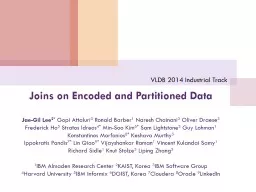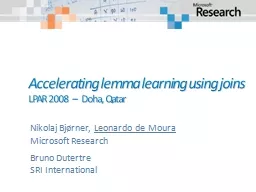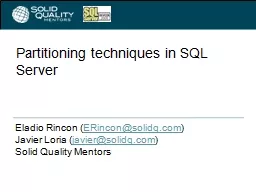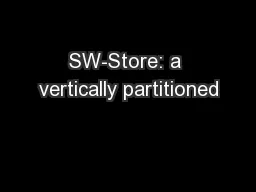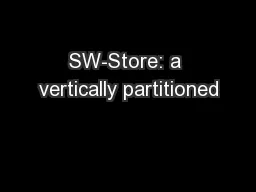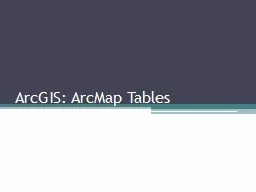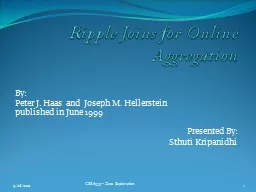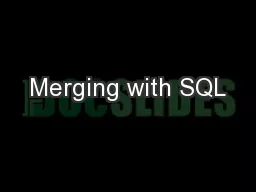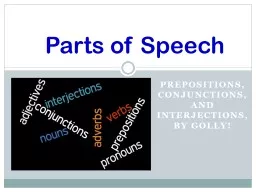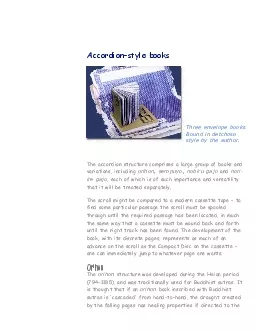PPT-Joins on Encoded and Partitioned
Author : celsa-spraggs | Published Date : 2016-04-05
Data JaeGil Lee 2 Gopi Attaluri 3 Ronald Barber 1 Naresh Chainani 3 Oliver Draese 3 Frederick Ho 5 Stratos Idreos 4 MinSoo Kim 6 Sam Lightstone 3 Guy Lohman
Presentation Embed Code
Download Presentation
Download Presentation The PPT/PDF document "Joins on Encoded and Partitioned" is the property of its rightful owner. Permission is granted to download and print the materials on this website for personal, non-commercial use only, and to display it on your personal computer provided you do not modify the materials and that you retain all copyright notices contained in the materials. By downloading content from our website, you accept the terms of this agreement.
Joins on Encoded and Partitioned: Transcript
Download Rules Of Document
"Joins on Encoded and Partitioned"The content belongs to its owner. You may download and print it for personal use, without modification, and keep all copyright notices. By downloading, you agree to these terms.
Related Documents

